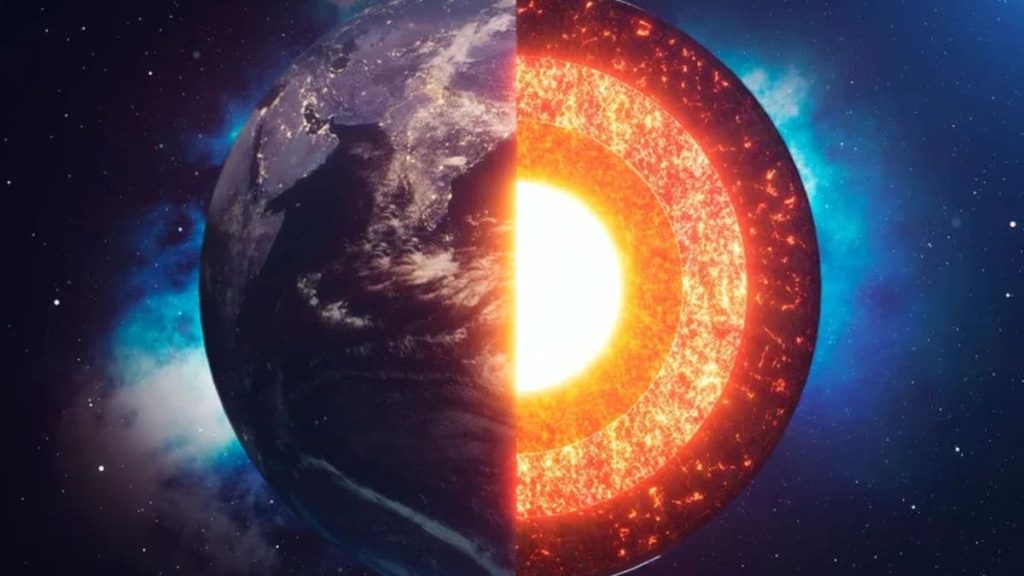Massive structures buried deep within the Earth’s mantle have been found to be more than a billion years old, according to recent research. These continent-sized formations, referred to as large low-seismic-velocity provinces (LLSVPs), are believed to be both older and hotter than their surrounding mantle. Situated at the boundary between the mantle and the outer core, approximately 3,000 kilometres beneath the Earth’s surface, these formations have puzzled scientists for decades. Their nature and origin have remained unclear, with seismic waves slowing down significantly when passing through them, suggesting distinct physical and compositional properties.
Blobs Deep Beneath Earth’s Surface
According to the study published in Nature, seismic data from over 100 significant earthquakes were analysed to understand these structures. As reported by space.com, Arwen Deuss, a seismologist at Utrecht University in the Netherlands, told Live Science that the primary observation has been the reduction in speed of seismic waves passing through these regions. However, an unexpected result was the reduced energy loss of these waves compared to the surrounding mantle, suggesting that factors beyond temperature influence these massive formations.
Role of Crystal Size in LLSVPs
Computer models have indicated that the mineral composition of these formations may be responsible for the observed phenomena. It has been proposed that the size of crystalline minerals within the LLSVPs plays a significant role. The research suggests that seismic waves lose energy when encountering grain boundaries between crystals. Smaller crystals result in increased energy loss due to the presence of more boundaries, whereas larger crystals cause lesser resistance. Deuss explained to Live Science that the surrounding mantle is composed of older tectonic plates that have broken into smaller fragments over time, whereas the LLSVPs contain much larger crystals that have remained undisturbed for extensive periods.
Implications for Earth’s Mantle and Surface
It has been suggested that these deep mantle structures have played a role in shaping the Earth’s surface. LLSVPs are believed to contribute to volcanic activity, with mantle plumes originating from these regions, bringing deep material to the surface. The composition of volcanic rocks worldwide could potentially be linked to these mantle formations, according to the study.
The age of these structures has been a subject of speculation, but the study provides substantial evidence supporting their billion-year existence. Deuss stated to Live Science that confirmation of their age allows for further exploration of their origins, stability, and long-term impact on Earth’s geological processes. Additional studies are expected to investigate how these formations have influenced the movement of tectonic plates and the overall behaviour of the mantle.


